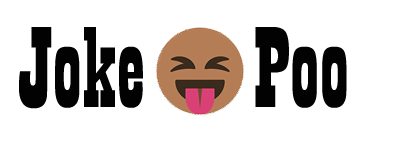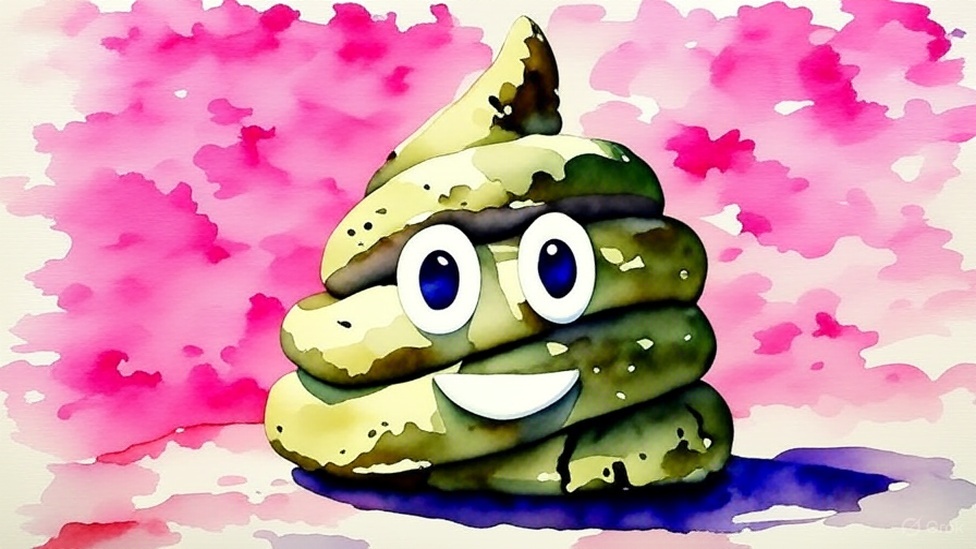"My other arm left."
Joke Poo: Why’s the Toilet Clogged?
“Why’s the toilet clogged?”
“My other flush broke.”
Okay, let’s dissect this joke!
Analysis:
- Setup: “Why are you right handed?” This sets up a question implying a reason, possibly a medical or circumstantial one.
- Punchline: “My other arm left.” This is a pun that exploits the double meaning of “left.” It plays on “left” as both a direction (opposite of right) and the past tense of “leave” (to abandon). The humor lies in the unexpected, literal interpretation of “left” as having physically departed.
- Key Elements:
- Handedness: The focus on being right-handed.
- Puns/Wordplay: The core of the joke relies on the ambiguity of “left.”
- Implied Abandonment: The suggestion that an arm can just “leave” its owner adds a layer of absurdity.
Enrichment & New Humor:
Here’s how we can use interesting tidbits related to these elements to create something new:
A. “Did You Know?” – Style Observation:
“Did you know that about 10% of the world’s population is left-handed? So, statistically, you’re much more likely to encounter someone whose argument left than their arm did. But hey, if you do meet someone whose arm actually left… let me know; I have questions. Specifically, ‘Does it send postcards?'”
Explanation: This plays on the original joke by:
- Providing a real statistic about left-handedness (creating a sense of faux-seriousness).
- Contrasting the common experience (arguments leaving) with the absurd scenario of the original joke.
- Adding a new layer of absurdity with the postcard question, implying the disembodied arm is still out there and communicative.
B. A Related Joke:
Joke: “What do you call a left-handed dinosaur?”
Punchline: “Dino-sore-left”
Explanation:
- The joke plays on the “dinosaur” theme and the word “left”.
- The pun is based on “dinosaur” and “left”.
C. Witty Observation:
“Being right-handed is so common, it’s almost like the lefties staged a mass walkout. Maybe that’s why they’re associated with being ‘different’ – they’re the brave souls who said, ‘Nah, I’m out of here. You can have all the right-handed scissors you want!'”
Explanation:
- Takes the abandonment idea and expands on it to a broader societal phenomenon.
- Connects it to the real-world challenges faced by left-handed people (e.g., right-handed scissors).
- Adds a dash of rebellious humor.
D. Combining Factual Information with the Original Joke’s Premise:
“I asked a neuroscientist why someone might be right-handed. He gave me all this complicated stuff about brain hemispheres and lateralization. Honestly, I preferred my own explanation: ‘My other arm left to pursue its dream of becoming a professional thumb-wrestler.’ Much more believable, right?”
Explanation:
- Sets up a contrast between a complex, factual answer and a ridiculous one.
- Uses the original joke’s punchline as the basis for the ridiculous explanation.
- Adds another layer of absurdity by giving the “departed” arm a specific (and improbable) ambition.
These examples aim to not only appreciate the original joke’s humor but also to build upon its core elements with factual information and playful absurdity, hopefully resulting in something that is both amusing and somewhat insightful.


